San Diego Interior Designer Shares Her Own Rancho Santa Fe Home Revival
Noted designer Stephanie Parisi’s home transformation balances its original charm with the needs of modern-day living
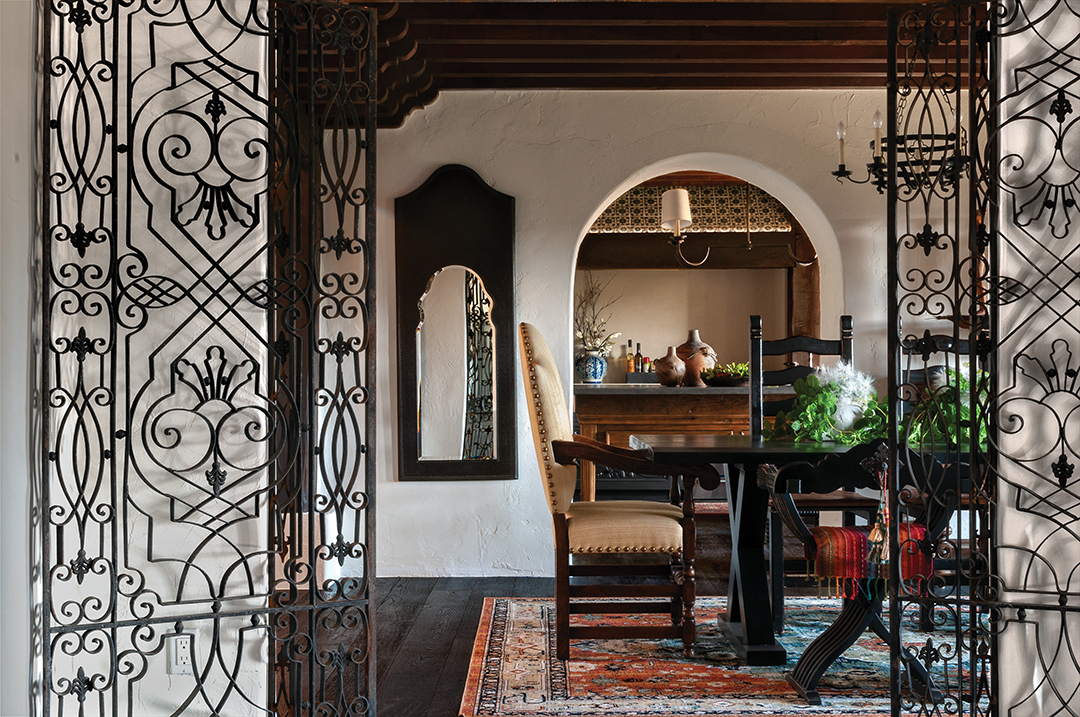
Six years ago, interior designer Stephanie Parisi decided to take a “staycation” with her fiancé at The Inn at Rancho Santa Fe. Although the couple lived in Del Mar, staying in the heart of the village inspired them to look for a home in the area. Parisi, founder and principal of her namesake design studio and furniture collection, is a devotee of the late architect Lilian J. Rice, who is credited with designing The Inn, buildings, and row houses along Paseo Delicias and many homes in and outside the Ranch.
After more than a year of house hunting, Parisi found a 1970s-era home, built to replicate the Spanish Colonial Revival architecture for which Rice was known, with a classic center courtyard featuring fountains, carved stone sculptures, and vibrant bougainvillea. “We fell in love immediately!” Parisi exclaims. “This was a home with absolute old-world charm which seemed to whisper stories of the past.”

The home features what Parisi calls “delightful touches” including hand-carved doors, window surrounds of quarried stone, custom shutters, exposed beams, iron details, and hand-painted tiles. “Many of these items were handcrafted by artisans in Mexico and reflect age-old traditions,” Parisi notes. “My design challenge was to honor the wonderful cultural soul of the home yet lighten the aesthetic and also create more of a flow between spaces so that it functions for a modern lifestyle.”
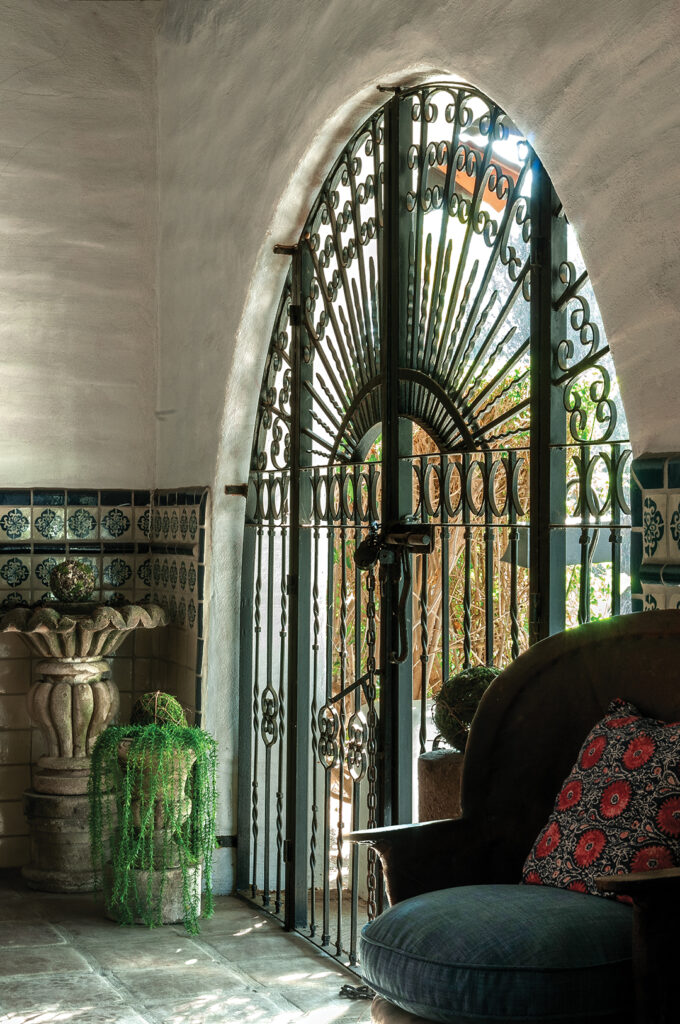
The home’s original floorplan was problematic because the only way to go from room to room was via a long interior hallway, with small doorways as each room’s entry point. Parisi and her team replaced interior doors with wide openings framed with exposed beams to bring in natural light and to erase boundaries between rooms. Some walls were removed, replaced by arched openings and passages flanked by antique iron doors.
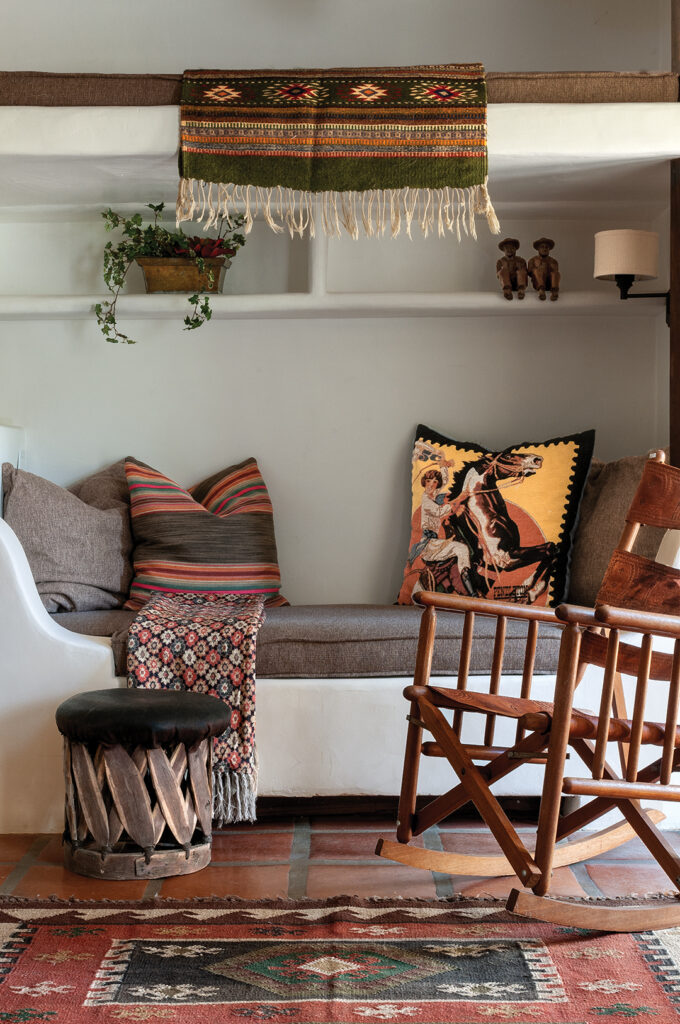
Parisi also edited architectural details that although beautiful were excessive and gave the home a “busy” appearance. “Updating the finishes was an exercise in refined editing,” she says. “The goal was to freshly interpret the Spanish Colonial style to reveal the elegant beauty of the architecture.” That meant removing fussy décor, finding new sources for handcrafted items, and collaborating with artisans. “The challenge was to blend old and new while retaining the original flavor of the architectural genre.”
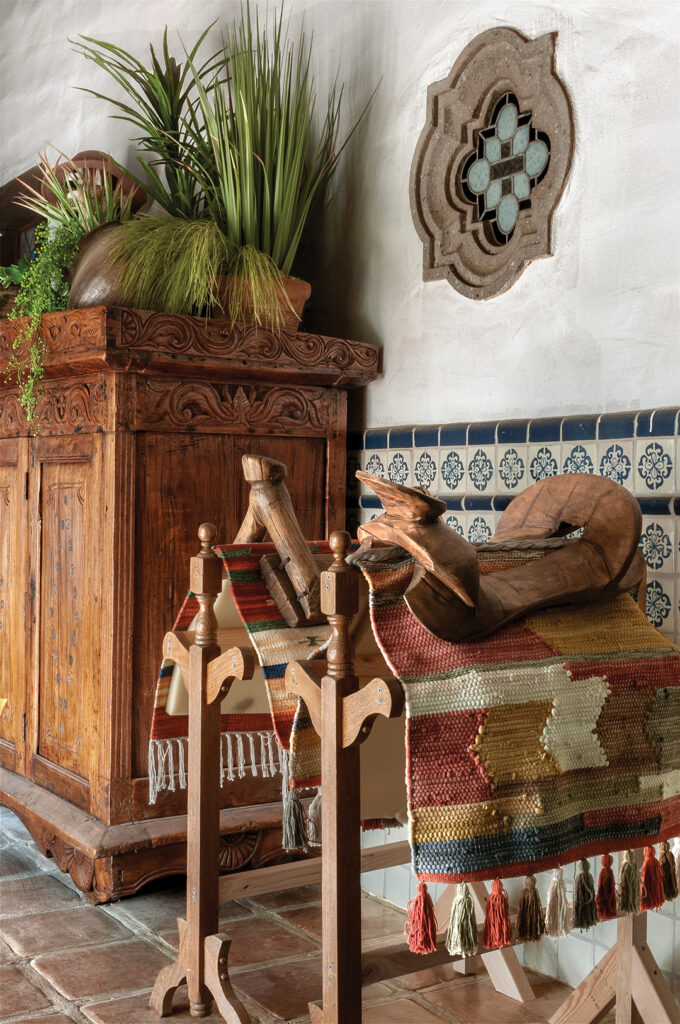
Multiple patterns on counters and backsplashes were eliminated for a more cohesive look. She also added dark wood flooring while keeping the original clay tiles in some rooms, replacing them with new tiles made in Mexico as needed, and staining them to look like leather. In the kitchen, Parisi kept the hand-painted tiles on most backsplashes and hood areas but selected solid surfaces for counters. A new island with a prep sink replaced the existing peninsula island.
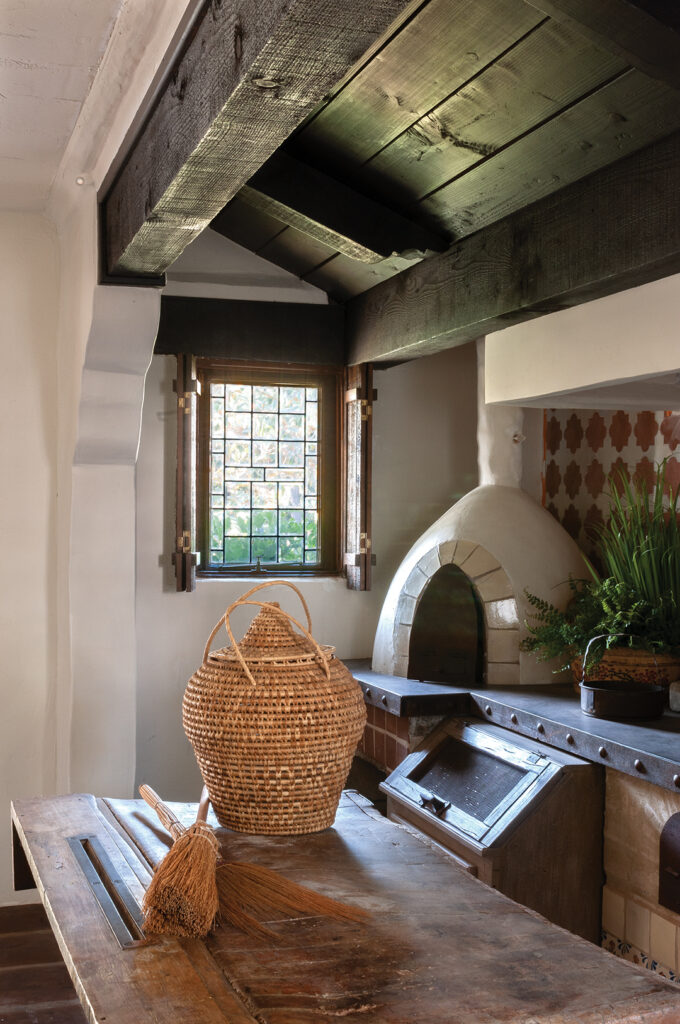
for the counters and a new island
“I must have known a hacienda-style home was in my furniture,” the designer reflects, because she furnished her home with many of the pieces she has found on “collecting jaunts” over the years at antique shops and flea markets, including a carved Spanish chair. Furnishings are a mix of Spanish and South American antiques, primitive Mexican chairs, comfortable eclectic upholstery, and handcrafted accessories.
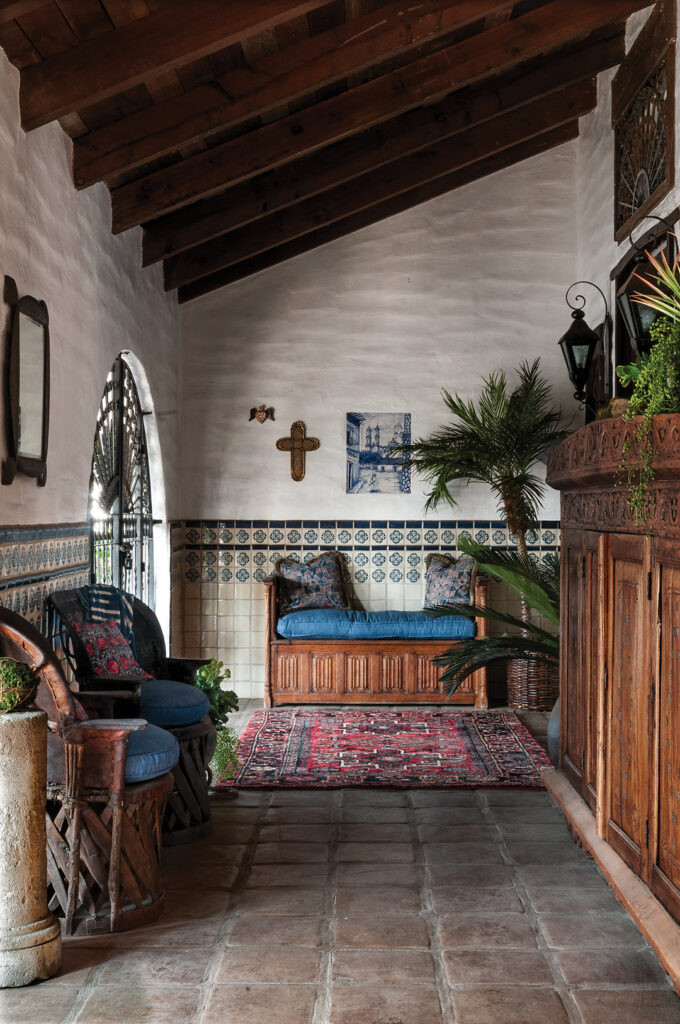
Lilian Rice once wrote: “I found real joy in Rancho Santa Fe” — a feeling that Parisi shares. Rancho Santa Fe offers “a soft embracing sense of nature, the blending of cultures, a sense of history,” says Parisi. “I believe [Rice] also felt that and spoke to that with her architecture. I also see that editing was an important part of her design. There is a simple purity of line and form. That is why it is still relevant today.” 858.449.7813, stephanieparisistudio.com



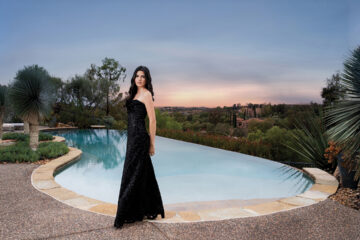

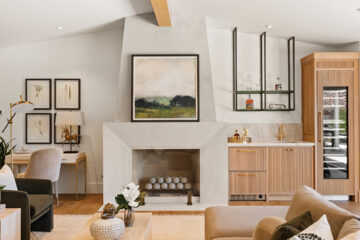

Comments